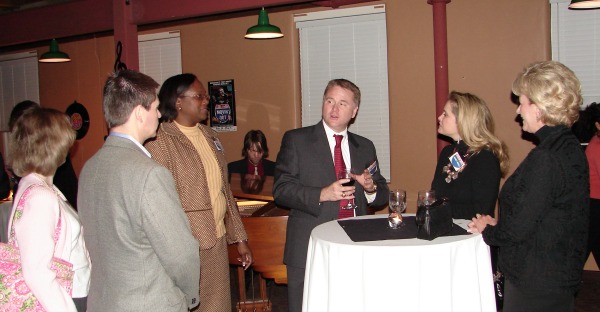How Generational Diversity Can Transform Organizational Culture
by Yiorgos Boudouris | September 17, 2014 10:00 AM
With today’s fast moving business environments, a lot of focus is being put into developing innovative solutions that transform organizational cultures. One transformative solution is through a corporate-wide diversity and inclusion framework that includes various dimensions of diversity, such as sex, gender, and culture. However, a key dimension not to overlook is age or generational status.
 Since there is often a cross-section of generations working within an organization, a fully realized diversity and inclusion framework needs to acknowledge the subtle and striking differences between generational cohorts. So, what is generational diversity? Generally speaking, generational diversity refers to how the employees of an organization are influenced by coworkers of different age groups. Every generation is influenced by the events of their day, creating unique drivers and mindsets along with maturity. It is important to structure dialogue that encourages different generational groups to understand each other. Doing so will create an environment where teamwork is commonplace and collaboration increases workplace productivity.
Since there is often a cross-section of generations working within an organization, a fully realized diversity and inclusion framework needs to acknowledge the subtle and striking differences between generational cohorts. So, what is generational diversity? Generally speaking, generational diversity refers to how the employees of an organization are influenced by coworkers of different age groups. Every generation is influenced by the events of their day, creating unique drivers and mindsets along with maturity. It is important to structure dialogue that encourages different generational groups to understand each other. Doing so will create an environment where teamwork is commonplace and collaboration increases workplace productivity.
The Current Generational Landscape: At present, organizations have a workforce that consists of four generations: Traditionalists [also known as The Silent Generation or “The Lucky Few”] (1922-1943), Baby Boomers (1944-1959), Generation X (1960-1979), and Millennials (1980-2009). There are some key differences between these groups. For instance, Baby Boomers grew up when suburbia was on the rise, and distinct neighbourhoods started spreading across North America. As a result, Baby Boomers tend to have a considerable and clearly defined sense of community. Contrast this with Generation X, a generation of latchkey kids, as divorce rates peaked during their adolescence. In response, Generation X puts a lot of time into trying to make things balanced.
Encouraging Identification: Knowing these intergenerational differences helps colleagues identify with one another, regardless of their age. If generational conflicts exist in the workplace, coworkers are likely to identify with their generation and less with others. If colleagues only associate with members of their own generation, then cross-functional teams are harder to support, and efforts to communicate across groups will be hindered. By raising points on how the generations are different, there is an opportunity to see how each generation aligns. Even if Traditionalists and Millennials are very far a part in age, these two groups share a concern with collective rights. Traditionalists were influenced by the rise of labour unions and are still fighting to keep these alive. Similarly, Millennials are now pushing for the collective rights of groups across the globe.
Leveraging Diversity and Inclusion: What are the quick wins organizations can undertake to address the emerging issues of an intergenerational workforce? First, develop and implement a formal mentorship program – which is an excellent way to develop Millennial employees. Pairing mentees and mentors from different generations socializes employees with one another and provides an opportunity to discuss different work styles. Second, encourage project teams to broaden their approach to project work by seeking to have a generational balance. A diverse group will provide more ideas and potential ways to increase the project’s effectiveness. There are certainly more options. The best way to start is to simply engage employees and ask them what works for them. Be sure you are giving the same amount of decision making power to all generations during this exploratory phase. And empower new and more senior employees equally. If not, you are risking alienating some of your employees. Taking this first step is vital to addressing generational gaps and potential missed opportunities.
There is no denying that the North American workplace is transforming rapidly. Shifting workforce demographics is a driving force behind organizational change in the 21st century. As such, the ability to stay current will substantially affect whether or not organizations are able to keep up with society. Ultimately, a well-developed diversity and inclusion framework should take into account intergenerational diversity.
Here are my questions to you:
In your organization, how do generational differences affect your work? Are there dynamics you notice between generations?
I'd love your input, please leave your comments below*.
*Note: You will need to register for an Institutional Diversity Blog account in order to comment, but you can get started right away by clicking here, or visiting our FAQ page for more help. Also, check out this video on "Registering for an Account on The Institutional Diversity Blog".
Source URL: https://institutionaldiversityblog.com/how-generational-diversity-can-transform-organizational-culture/